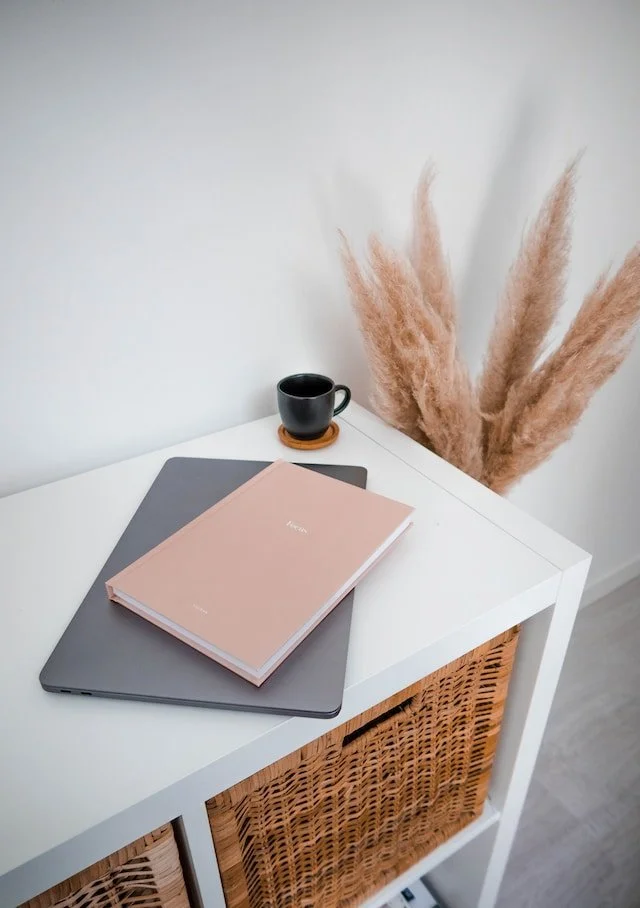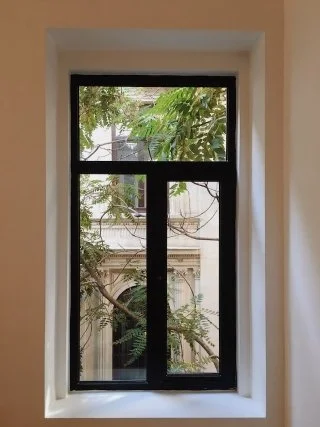If you, or someone you love, is living with ADHD, you’ll have experienced first hand the impact your home environment has on emotional wellbeing and day-to-day functioning. In this article Kylie talks about how to support the way your...
Attention Deficit/Hyperactivity Disorder (ADHD) is diagnosed in about 1 in 20 Australians - that’s around 1 million people. But ADHD is often misunderstood or misdiagnosed, so this figure is thought to be much higher.
That means you probably know someone with ADHD.
If you, or someone you love, is living with ADHD, you’ll have experienced first hand the impact your home environment has on emotional wellbeing and day-to-day functioning.

ADHD brains are more sensitive to their surroundings than neurotypical brains. For example, my daughter is very particular about the colour temperature of light globes used in her bedroom. A warm coloured globe feels very uncomfortable to her and sends her rushing to turn the light off. Cool temperature globes are all she can tolerate.
Therefore, knowing how to design a space that supports your brain is a critical path to mental health for people with ADHD. Your home needs to be set up to meet your specific needs. Typical interior design content is geared toward the masses and may do more harm than good in your own spaces.
Fortunately, home psychology sheds light on important ways you can tailor spaces to support the way your mind works, making you feel better about yourself and your life.
I’ve learned a thing or two living and working with people affected by ADHD. In this article, I’m sharing some tips from my experience supporting a child with ADHD as well as the science of home psychology. I hope these ideas will help you and your family thrive at home with ADHD.
Use organising tools in your home to reduce stress

ADHD is characterised by difficulty regulating attention and behaviour, so good organisation tools and systems go a long way to feeling more on top of the daily demands of life.
You’ll know you’re onto a good system if you’re spending less time searching for lost objects or information. An organisational tool that makes it easier to remember and retrieve information is a noticeboard. This prevents the “out of sight, out of mind” issue by keeping important information visible and accessible.
I’ve seen a simple noticeboard work wonders for children and adults alike, including domestic violence survivors staying in a refuge, a busy single ADHD mum needing to get on top of her admin, and teenagers juggling 9 different subjects at school.
Colour coding is also a helpful strategy. This might be in the form of coloured files in a filing cabinet, using different coloured highlighters for different categories of activities (kids, work, home etc) in your planner, coloured post it notes to quickly jot down ideas for the different areas of your life, or different coloured storage baskets.
Colour coding has been hugely helpful for my daughter in terms of keeping on top of schoolwork. By allocating different colours to each of her school subjects, she’s able to easily identify her next class, quickly find the right books, arrive on time, plan and prioritise tasks and organise her notes.

Create storage solutions that make sense for your personality
Having less stuff can be better for people with ADHD because it means fewer objects to sort, organise, store and retrieve. But this might be easier said than done if you feel attached to your objects, if your stuff holds memories and emotions. Whether you feel connected to your objects or not, we all have things we need to keep, so the right storage solution is important.
If you want it to be easy to find and put away your things, you’ll need to create a storage solution that works for your brain. The storage rules and styles you see on social media may not meet your specific needs. Instead, you need to turn inward and identify your own organising style. This is based on your personality. For example, if you are more outgoing and extroverted, you probably enjoy having your objects visible on open shelving. The opposite is true if you’re introverted.
Design your home to soothe your nervous system
Some design elements are more important than others when it comes to creating spaces that soothe the ADHD mind. As a start, I’d suggest you pay particular attention to:

Lighting. Scientific studies have found that our mind and body respond differently to different types of lighting. In general, warm coloured lighting is calming but this is not always the case if you have ADHD. Pay attention to how you feel under different light conditions and choose lighting that calms your mind.
Colour. Research shows that children learn best in environments that are moderately stimulating. This means some pops of more vibrant colour might be helpful in the spaces they need to concentrate. If their desk is in their bedroom, aim for softer colours on the walls (white walls can feel overstimulating to someone with ADHD) and brighter colours for small décor items.
Floor Plan. If possible, orient the desk or a chair toward the window. Children with views of nature from their home have fewer ADHD symptoms than kids without views of nature. In general, seeing nature in our homes is calming and restorative.
There are many more ways to create spaces in your home that support the way your brain functions. When you figure out what works best for you, you’ll feel more in control and better able to cope with the daily demands of life.
If you’d like to learn how your home can better support your specific needs and emotional wellbeing, book in a FREE 15 minute chat with me.











